.. Good night shabat steemian. Here's my post on this time the morphology on orchid plants..
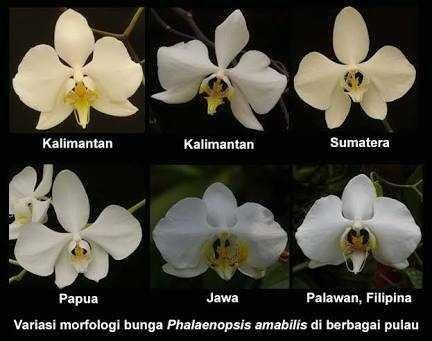
The structure of orchid plants consists of roots, stems, leaves and flowers. Characteristic properties of plants from the family Orchidaceae seen on the character of the roots, stems, leaves, flowers, fruits and seeds.
- Flower
Orchid is one of the ornamental plants that have a diversity of colors and shapes of flowers. however, the orchid has the same and distinctive flower structure.
Orchid flowers consist of:
Petals (sepals)
Crown (petal)
Tongue (Labelum)
The fruits, formed by the union of the pistil and the benangsari
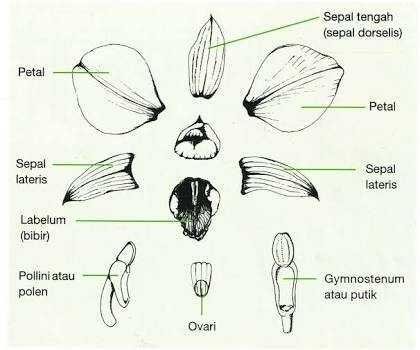
Sepal owned orchid consists of three strands and the sidelines sepal there are two pieces of petals. While the labelum or flower tongue is a modification of petal

- Fruit
The shape of orchids varies according to the type. The orchid is a lantern or capsular that has 6 ribs. Three of them are true ribs and the other three are places of two different edges of the leaves of the fruit. In place of the union of the edge of the fruit leaf was in one orchid for the little finger there are hundreds of thousands and even millions of orchids seeds are very soft in a very small size.
Orchid seeds do not haveendosperm as food reserves, so for germination is needed nutrients that serve to help the growth of seeds. Germination in nature is very difficult if without the help of fungi (mushrooms) called michorizas that symbiotic with the orchid seeds. Under appropriate environmental conditions, the hyphae or hyphae of the mycorrhiza will penetrate the orchid embryo through the suspensor cells. Then the fungi is digested so that the release of nutrients as energy materials used for the growth and development of seed germination of orchids
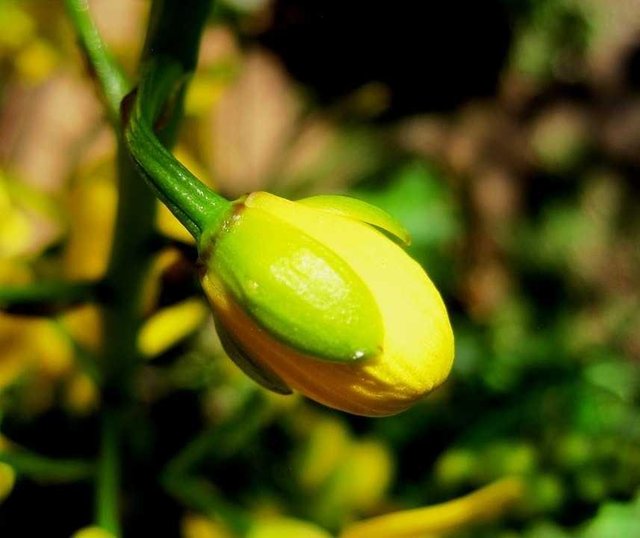
- Leaf
Leafy orchid leaves are dark green. Leaf surface coated with cuticle (wax layer) that can protect from pests and diseases. Leaf position arranged in parallel to each other.
The leaves of orchids have the characteristic of boneless leaf parallel. While the shape is different, some are elongated and there are rounded depending on the species. Leaf type indicates the state of orchid habitat. According to the growth of the leaves orchids are classified into two namely:
Evergren group (leaf type remains fresh / green), the orchid whose leaf blades do not fall simultaneously.
Decidous group, ie all the leaves of deciduous leaves and plants undergo a period of rest, then replaced its place with the emergence of flowers.
The stems and leaves of orchids contain chlorophyll, which greatly helps to maximize sunlight absorption for photosynthesis in their habitat in low-light forests. Chlorophyll in the orchid trunk is not easily lost or degraded even though the leaves have fallen, therefore the orchid also has the epithet evergreen.
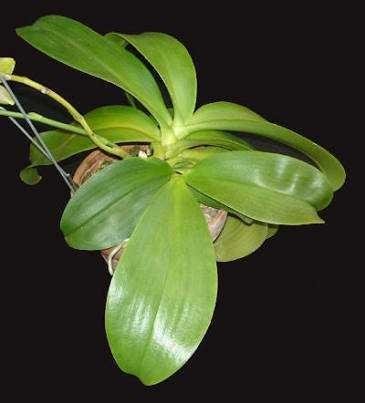
- Trunk
The thickened orchid stem is a pseudo-shaped stem known as pseudobulb (pseudo = pseudo, bulb = bulging stem), serves as a water and food store to survive during dryness (Bose and Battcharjee, 1980). Anggrek stem there are two types that are influenced by the point of growth, namely:
- Monopodial
Monopodial type orchids have only one stem and one growing point. The main stem continues to grow and is not limited in length The shape of the trunk is slim and not bulbous. The flower stalk will come out between two armpits of the leaf. This type of orchid can be reproduced by way of stem cuttings and seeds. Monopodial orchid groups namely generaAerides, Arachnis, Phalaenopsis, Renanthera, Aranthera, Vanda and others
- Simpodial
Orchid type of orchid is an orchid that has a main stem composed by the annual sections. The simpodial type of orchid has a quasi-bulbous stem (pseudobulb) which also functions as a food reserve. Each segment begins with a leaf of scales and ends with a sprig of flower. Growth of the ends of the stem is limited, the growth of the stem will be stopped when the upward growth has been maximized. The main stem emerging from the base of the main stem On the simplex orchid there is a link from one bud to another shoot called rhizome. This type of orchid can be propagated by split, keiki separation, stem cuttings and seeds. Group of simpodial orchids are genus Cattleya, Coelogyne, Dendrobium, Grammatophyllum, Oncidium and others.
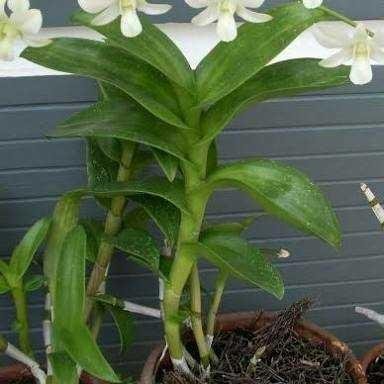
- Root
The orchid root is cylindrical and fleshy, soft, fragile with the tip of the root which is slippery and slightly sticky. In the dry state the roots will appear to be white on a piece of silvery on the outside and only on the edges of the root that are green or look a little purplish. The old roots become brown and dry, then replaced by new roots.
Root on orchids serves to pick up, absorb, and deliver nutrients to all parts of the plant. Another function of the root is to attach itself to the place or the media grows. The plant is said to be healthy or not it can be seen from its roots. The aerial roots have a hollow layer of velamen that serves to absorb water and air. This root can also photosynthesize because it contains green leaf granules (chlorophyll). In the velamen layer there is Mycorhiza (myco = fungus; rhizome = root) or fungi that live in the roots of plants. Mycorhiza live symbiosis by fixing phosphate to be exchanged with hydrate from plants
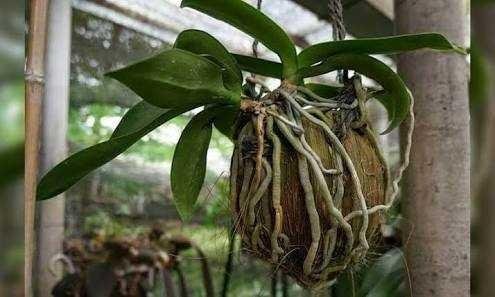
SOURCE REFERENCE
http://www.materipertanian.com/klasifikasi-dan-ciri-ciri-morfologi-tanaman-anggrek/
http://fredikurniawan.com/klasifikasi-dan-morfologi-bunga-anggrek/